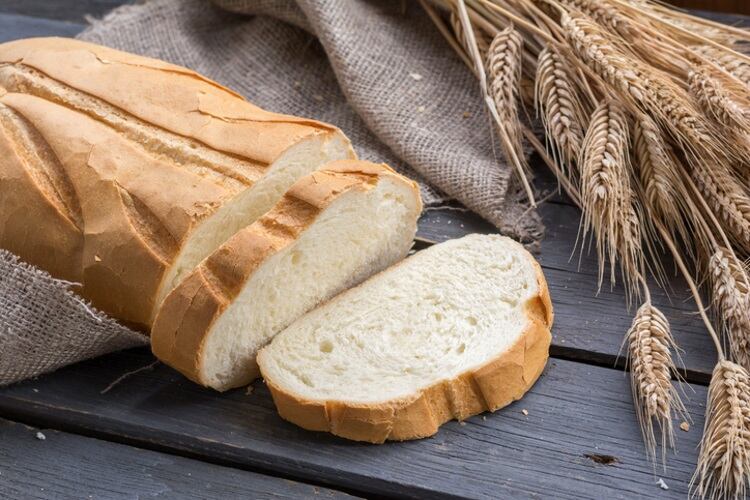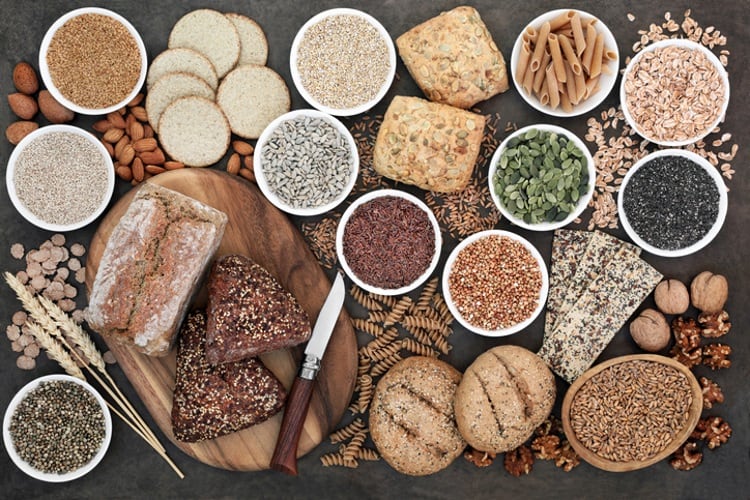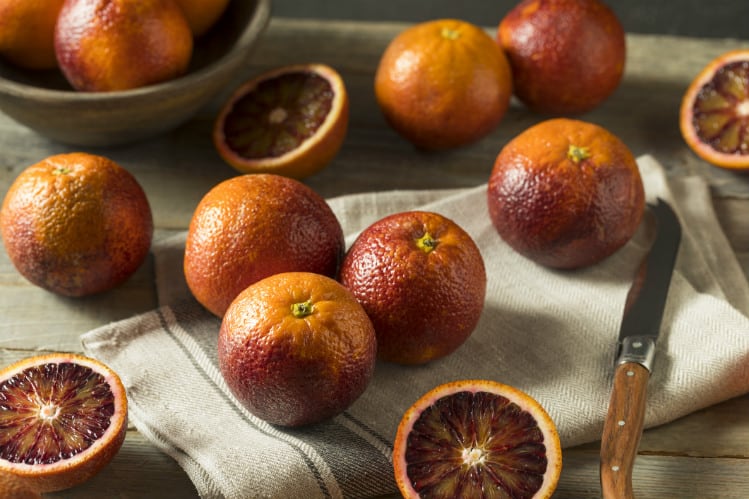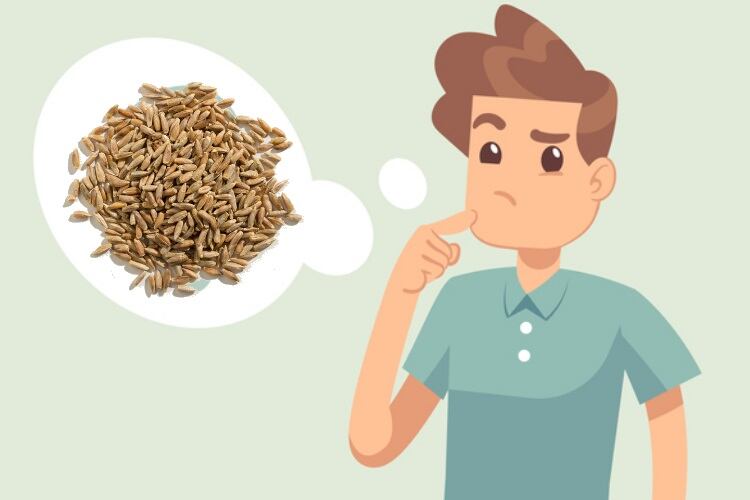Dietary fibre (DF) has multiple health benefits, however, it is depleted in white flour, the most widely consumed type of flour globally.
In the UK alone, 75% of the 12 million loaves sold daily are white bread, thanks to a fluffier taste, white appearance, longer shelf life and lower price than wholemeal loaves. The £8bn pre-packed sandwich industry also prefers white bread, as it refrigerates better.
Most of the fibre found in wheat grain is in the bran, which is the part that’s removed to produce white flour. That’s not to say that white bread doesn’t contain any fibre, it’s just not an ideal source of fibre. A slice of typical white bread has about 1g of fibre, whereas wholemeal has about 3g.
Twice the fibre content
The scientists from the UK, Hungary, France and Turkey managed to identify parts of the wheat genome responsible for the fibre content in white flour, and produced a white flour that has twice the fibre of traditional white flour.
They said the new flour makes a good quality white loaf, but comes with the added health benefits from eating bread made from whole gains, including lowering blood pressure, improving insulin sensitivity and reducing the risk of certain types of cancer.
According to lead author Dr Alison Lovegrove from Rothamsted Research in Hertfordshire in the UK – one of the oldest agricultural research institutions in the world – the team achieved the breakthrough by exploiting the results of an earlier genetic screen of over 150 different wheat varieties from around the world.
This was no mean feat, as the wheat genome contains six copies of every chromosome, meaning wheat has around 150,000 genes. To put this into context, humans have about 25,000 genes.
East meets West
A detailed analysis of the 150 bread wheat cultivars in the EU Healthgrain project identified the Chinese wheat cultivar, Yumai 34, as having the highest content of DF.
Dietary fibres (DF) are carbs found in plants that aren’t digested in the small intestine. Although the mechanisms aren’t completely understood, they include a reduction in the time taken for food to pass through the intestines; binding cholesterol and carcinogens; promoting the growth of healthy bacteria in the gut; and reducing the rate of both digestion and glucose release in the small intestine.
Government advice suggests adults should eat about 30g of fibre a day, but the average British adult only consumes around 18g.
“We knew that the white flour made from one particular Chinese wheat variety, Yumai 34, was unusually high in fibre, but it’s not well suited for growing in the European climate,” she said.
“Using conventional breeding techniques, we crossed this high fibre trait into several other varieties. This allowed us to narrow down where in its genome the genes for high fibre are.”
The researchers generated populations from the crosses between the Chinese wheat variety with selected European cultivars, including the central European cultivar Ukrainka; the UK biscuit-making cultivar Claire; and the French breadmaking cultivars Altigo and Valoris.
Yumai 34 x Ukrainka, Yumai 34 x Claire and Yumai 34 x Valoris were grown on three sites in the UK; while Yumai 34 x Valoris and Yumai 34 x Altigo were grown in France. To provide represensative enzymatic fingerprinting data, populations of Yumai 34, Maintal and Soisson varieties were also grown.
White flour was produced using a Chopin CD1 mill, a specialised method that complies with the standards for experimental milling.
Markers and mapping
By looking for sections of genetic code shared by plants with the high fibre trait, the team was able to home in on the likely spots where high fibre genes reside. It found two sites in particular – on chromosomes 1B and 6B – that were strongly linked with high fibre in flour.
The group developed genetic markers that can easily be used by plant breeders to identify which individual wheat plants have the high fibre genes, allowing them to incorporate the high fibre into elite wheat lines.
Conventional breeding of a new wheat variety is a slow process with breeders having to select wheat lines with high yield and disease resistance. However, the scientists are hopeful high fibre bread and other products made from white flour will be a staple on supermarket shelves within just five years.
“We hope to go on and identify further genes that increase fibre content, thereby providing plant breeders, millers and food producers with even more options,” added Dr Lovegrove.
The quest to increase fibre in white bread through breeding had stalled in recent years, forcing bread manufacturers to produce loaves that contain both white and wholemeal flours, or fibre from other sources.
The study was a collaborative project with researchers from Rothamsted, the John Innes Centre and the University of Bristol in the UK – which are all part of the Biological Sciences Research Council-funded Designing Future Wheat programme – along with scientists from Hungary, France and Turkey.
Rothamsted Research, founded in 1843, is the pioneer of modern agriculture with a proud history of ground-breaking discoveries, from crop treatment and crop protection, to statistical interpretation and soils management.
In terms of the institute’s economic contribution, in 2015, the cumulative impact of its work in the UK was calculated to exceed £3bn a year.
Studies:
Authors: Alison Lovegrove, Luzie U. Wingen, Amy Plummer, et al.
PLOS ONE, February 5, 2020
doi.org/10.1371/journal.pone.0227826
Authors: Gebruers K, Dornez E, Boros D, et al.
Journal of Agricultural and Food Chemistry, 2008, 56: 9740-9749





